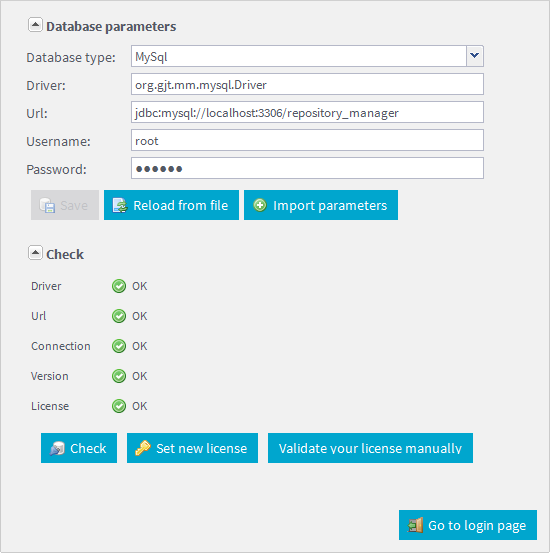Configuring the database connection
About this task
In Talend Repository Manager, all data related to the management and administration of license, users, repositories, migration rules and their execution are stored in a database.
By default, this database is an H2 embedded database. But you can choose to store such data in another compatible database system including MySQL, MS SQL and Oracle.
To configure a new database connection from Talend Repository Manager, do the following:
Procedure
Did this page help you?
If you find any issues with this page or its content – a typo, a missing step, or a technical error – let us know how we can improve!

